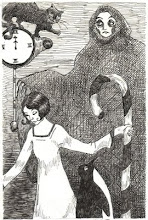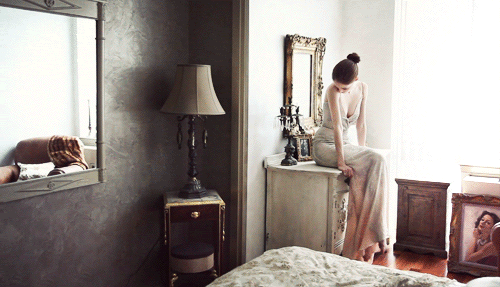
I can't stop looking at this arresting New York moment in which a brief moment, a flicker of movement, has been captured for all eternity. Magic!
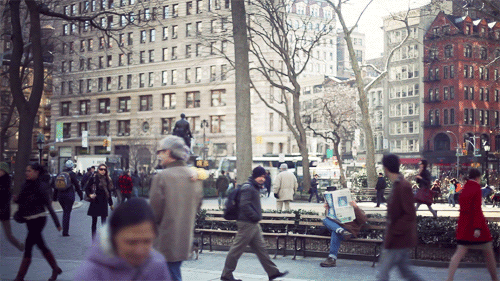


 The above is a very quickly painted portrait that is definitely headed in a mermaid sort of direction. My watercolor skills are primitive, to say the least, so I need to just paint all the freaking time. Right? I have just so many ideas in terms of larger projects I have brewing and I can't wait until I am able to unleash them
The above is a very quickly painted portrait that is definitely headed in a mermaid sort of direction. My watercolor skills are primitive, to say the least, so I need to just paint all the freaking time. Right? I have just so many ideas in terms of larger projects I have brewing and I can't wait until I am able to unleash them


 I don't know what Fontan's fascination was with women's stockinged legs (and I'm likely happier not knowing), but the results are charming. As mentioned above, he also worked for many popular periodicals, such as the rightly celebrated La Vie Parisienne.
I don't know what Fontan's fascination was with women's stockinged legs (and I'm likely happier not knowing), but the results are charming. As mentioned above, he also worked for many popular periodicals, such as the rightly celebrated La Vie Parisienne. I'm not sure where I first came across the work of artist Elizabeth McGrath, but I know I wasn't living in the current Cabinet headquarters, so it had to have been more than five years ago. I also own a book of her art, Everything That Creeps, and I have no idea where it came from. Well, things accumulate.
I'm not sure where I first came across the work of artist Elizabeth McGrath, but I know I wasn't living in the current Cabinet headquarters, so it had to have been more than five years ago. I also own a book of her art, Everything That Creeps, and I have no idea where it came from. Well, things accumulate.

 For now, she's on my list of artists whose work I'd like to own if I can ever afford art. I have to say, I'm a little transfixed by her earlier, slightly more diabolical work, which somehow really inspires me. Taxidermy (of all things) is having a moment, isn't it? I've talked about this here before about my fear of maggots and arsenic, but the fascination still lingers. And there this, a class on mummification coming up. I'm sorely tempted.
For now, she's on my list of artists whose work I'd like to own if I can ever afford art. I have to say, I'm a little transfixed by her earlier, slightly more diabolical work, which somehow really inspires me. Taxidermy (of all things) is having a moment, isn't it? I've talked about this here before about my fear of maggots and arsenic, but the fascination still lingers. And there this, a class on mummification coming up. I'm sorely tempted.
 The thing is, art doesn't exist in an empty, airless space. And merit is as merit does, but things - paintings, novels, plays, whatnot - become a part of our larger culture, not in a self-replicating, Tribble-like way, but through familiarity. Also, people are freaking lazy and the same stuff gets cited and produced and then people will have heard of whatever the artistic thingy is and then it will be seen and mentioned and Presto! it's a part of the culture.
The thing is, art doesn't exist in an empty, airless space. And merit is as merit does, but things - paintings, novels, plays, whatnot - become a part of our larger culture, not in a self-replicating, Tribble-like way, but through familiarity. Also, people are freaking lazy and the same stuff gets cited and produced and then people will have heard of whatever the artistic thingy is and then it will be seen and mentioned and Presto! it's a part of the culture.
 Grave Encounters, which just had its premier at the TriBeCa Film Festival was directed by a team that has styled themselves "The Vicious Brothers". But, particularly in these days of torture porn and :::shudder::: human caterpillars, nothing about this film seemed particularly vicious. I think of that as a positive attribute.
Grave Encounters, which just had its premier at the TriBeCa Film Festival was directed by a team that has styled themselves "The Vicious Brothers". But, particularly in these days of torture porn and :::shudder::: human caterpillars, nothing about this film seemed particularly vicious. I think of that as a positive attribute.
 In addition to the ridiculous number of films discussed here, we also watched, in our endless Cabinet viewing party, a couple of Greta Garbo films, namely: Mata Hari and Camille.
In addition to the ridiculous number of films discussed here, we also watched, in our endless Cabinet viewing party, a couple of Greta Garbo films, namely: Mata Hari and Camille.
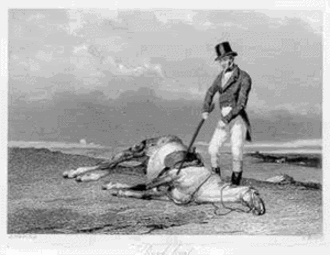
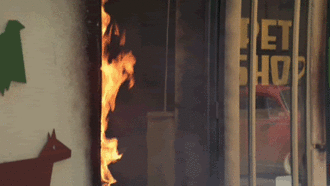
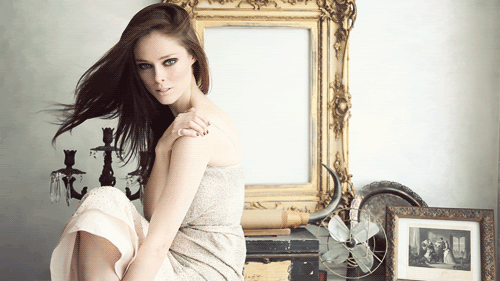
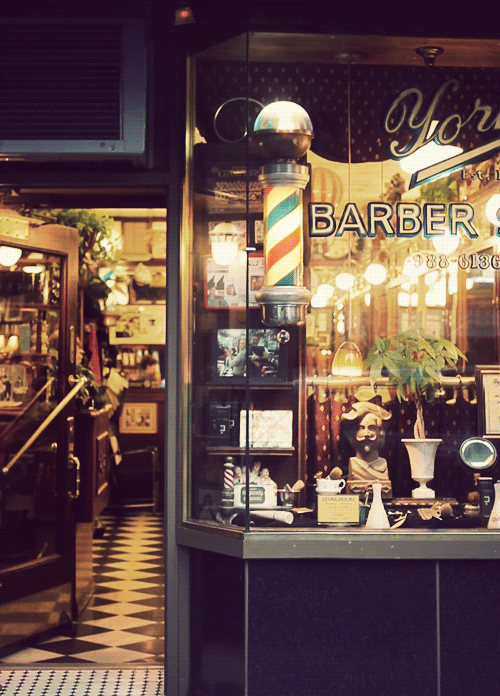
 I think I've pretty much decided that the idea of dividing various books up into genres is essentially the work of marketers and not something that artists or writers should have to worry about. As one of my favorite and most world defining quotes puts it: "Humans like categories, nature likes a spectrum". That pretty much sums up my opinions on nearly everything. Taxonomy has taken over the world. Why does everything have to be one thing or another?
I think I've pretty much decided that the idea of dividing various books up into genres is essentially the work of marketers and not something that artists or writers should have to worry about. As one of my favorite and most world defining quotes puts it: "Humans like categories, nature likes a spectrum". That pretty much sums up my opinions on nearly everything. Taxonomy has taken over the world. Why does everything have to be one thing or another?"So this is why you'll find there's no such place as the Welsh valleys, no coal under them, and no red busses running up and down them; there never was such a year as 1979, no such age as fifteen, and no such planet as Earth. The fairies are real, though."And there are fairies, at least Mor can see them, or Mor writes that she sees them. I've seen one or two reviews of this book complaining about the magic. That they aren't able to tell what is real and what isn't. Does it matter? Or, possibly, that's the entire point. Walton has been awfully cagey in interviews (casting doubt on parts of her wikipedia bio, too), not giving much away, and good for her. It's funny, the parts that are about Mor going to school and dealing with her family (about whom we get a full but gloriously muddled history), and reading and making friends smack of complete documentary truth. They are immediate and detailed and interesting. The parts about magic and seeing fairies sometimes feel a little uncomfortable. But, the caginess feels intratextual. Mor worries people will think she's crazy or make fun of her more. She doesn't want something that means so much to her ridiculed. Or maybe she is making it up. But I don't think so. I think we should take Walton at her word: The fairies are real.
 The inamorato and I have been indulging in an orgy of movie watching of late. He's working on a play based on a 19th century stage sensation (I'm not sure if I'm supposed to spill or not), so his Netflix queue has been full of period films about women performers of one sort or another, and over all they've been mostly disappointing.
The inamorato and I have been indulging in an orgy of movie watching of late. He's working on a play based on a 19th century stage sensation (I'm not sure if I'm supposed to spill or not), so his Netflix queue has been full of period films about women performers of one sort or another, and over all they've been mostly disappointing.So, why do you write these strong female characters
Because you're still asking me that question.

 Seventy years ago on the British Isles there must have been something startling in the water, as two of the most interesting (and red-headed) women in fashion were born. In addition to the previously mentioned Grace Coddington, Vivienne Westwood turned 70 last week as well.
Seventy years ago on the British Isles there must have been something startling in the water, as two of the most interesting (and red-headed) women in fashion were born. In addition to the previously mentioned Grace Coddington, Vivienne Westwood turned 70 last week as well.
this made me laugh until the tears rolled down my cheeks. It's like the ventriloquist is unaware that his doll has turned into a monsterI was dying of curiosity. Who was this ventriloquist and his monstrous dummy? Was he successful? Did people run out of theaters and music halls screaming? Did the ventriloquist wake up one dark night with his dummy's small wooden hands around his throat?
 I really have no business writing this at all.
I really have no business writing this at all. In the Wikipedia entry on the genre neither John Crowley or Charles de Lint are mentioned - which I think invalidates the whole thing. In 1981, Crowley's Little, Big was published. I have to re-read it before I write about it properly, but it's a book that I didn't precisely love when I first read it, but bits and pieces of it have been gnawing away it my brain ever since. It's a family saga and a fairy tale and part of it is set in a strange post-apocalyptic New York. It's not really like much else, and is one of those books (along with lots of Angela Carter, for example) that make you realize how deeply conservative most stories are. To leave him off any sort of list of Urban Fantasy authors is unforgivable, as he likely invented the genre. Of course, his book contains no vampire romance, so why would anyone care?
In the Wikipedia entry on the genre neither John Crowley or Charles de Lint are mentioned - which I think invalidates the whole thing. In 1981, Crowley's Little, Big was published. I have to re-read it before I write about it properly, but it's a book that I didn't precisely love when I first read it, but bits and pieces of it have been gnawing away it my brain ever since. It's a family saga and a fairy tale and part of it is set in a strange post-apocalyptic New York. It's not really like much else, and is one of those books (along with lots of Angela Carter, for example) that make you realize how deeply conservative most stories are. To leave him off any sort of list of Urban Fantasy authors is unforgivable, as he likely invented the genre. Of course, his book contains no vampire romance, so why would anyone care? Happy birthday to the lovely Grace Coddington who turns 70 today!
Happy birthday to the lovely Grace Coddington who turns 70 today! Just because I absolutely love this publicity still of Leila Hyams, most famous for her role in Freaks. She performed in vaudeville as a child, segueing into a modeling career and then starlet-dom, never quite earning the sobriquet of "movie star". She appeared in films such as The Bishop Murder Case (based on a Philo Vance mystery) with Basil Rathbone. Needless to say, I'm dying to watch, but it doesn't seem to be on video anywhere. Fie!
Just because I absolutely love this publicity still of Leila Hyams, most famous for her role in Freaks. She performed in vaudeville as a child, segueing into a modeling career and then starlet-dom, never quite earning the sobriquet of "movie star". She appeared in films such as The Bishop Murder Case (based on a Philo Vance mystery) with Basil Rathbone. Needless to say, I'm dying to watch, but it doesn't seem to be on video anywhere. Fie!  The second stop on our Saturday gallery hopping odyssey was at one of my usual haunts: The Society of Illustrators on East 63rd Street. It's one of those true New York treasures that not that many people seem to know about. Their gallery shows are always well curated and interesting - and free of charge. Each Tuesday and Thursday the have their Jazz & Sketch nights. They have live music, a bar and models. I've had the pleasure of drawing such luminaries as World Famous *Bob*, Amber Ray and Miss Saturn. And there's all kinds of thrilling art everywhere.
The second stop on our Saturday gallery hopping odyssey was at one of my usual haunts: The Society of Illustrators on East 63rd Street. It's one of those true New York treasures that not that many people seem to know about. Their gallery shows are always well curated and interesting - and free of charge. Each Tuesday and Thursday the have their Jazz & Sketch nights. They have live music, a bar and models. I've had the pleasure of drawing such luminaries as World Famous *Bob*, Amber Ray and Miss Saturn. And there's all kinds of thrilling art everywhere.


